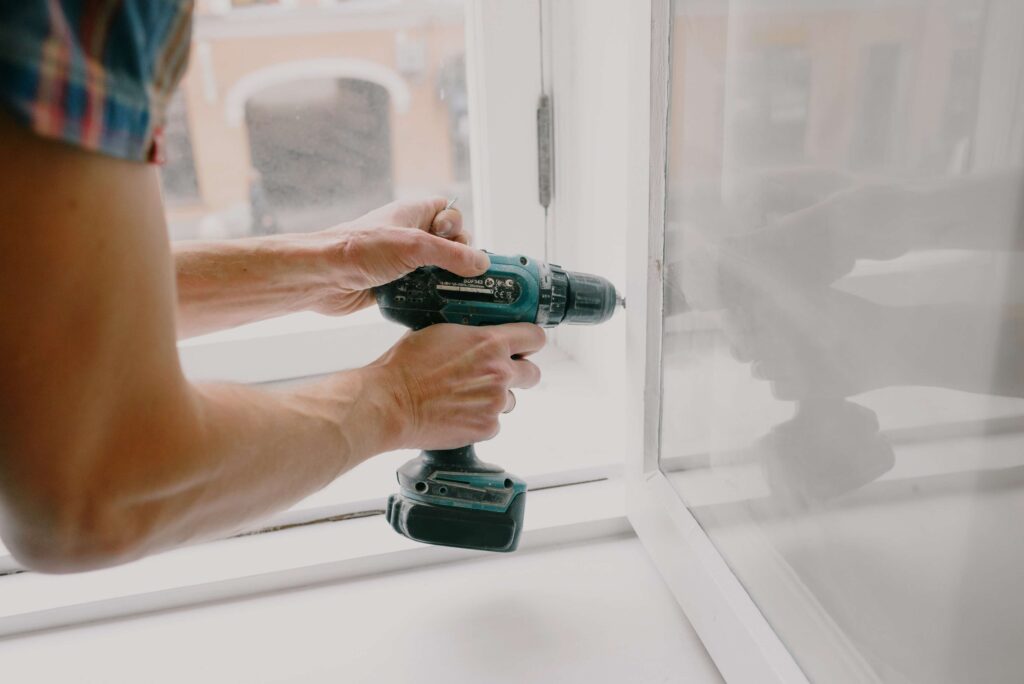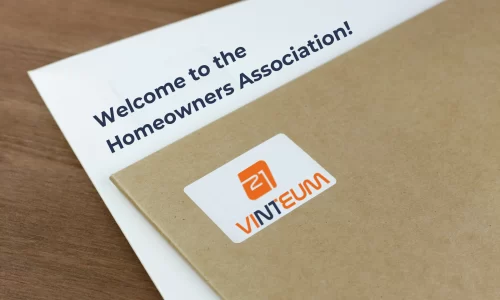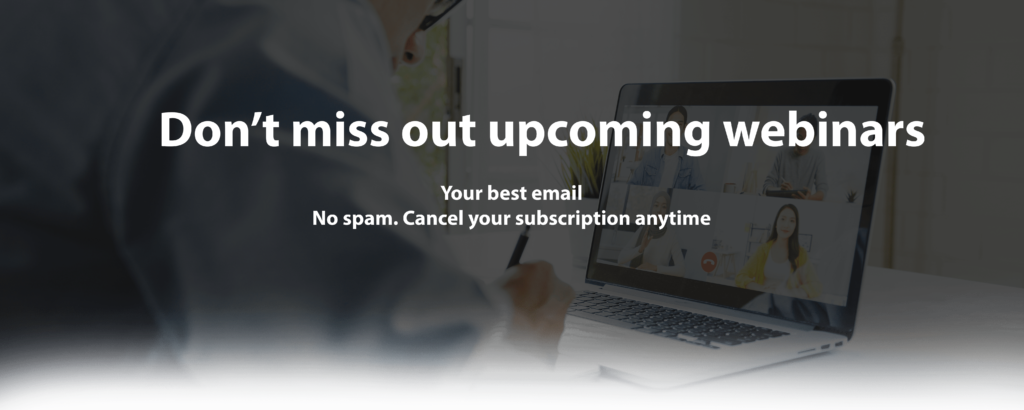Service requests, also known as work orders or maintenance requests are an important communication channel between residents and the board and manager. Residents submit service requests to let the board know when there is an issue.
However managing, organizing, and responding to them can be difficult. In this article, we’re going to go through common requests, best practices, and how to use software to help you.

Common Service Requests
To understand what maintenance requests are, let’s look at 3 common examples that are most used in HOAs and Condominiums.
Amenities & Common Areas
When residents are using amenities, such as the pool, gym, or tennis courts, they might notice an issue. That could be that the pool needs cleaning, equipment is damaged or missing, or even that there was an act of vandalism.
The same thing can happen in common areas, residents may notice that the landscaping has become unruly, eg long grass, unkempt bushes, or dangerous trees. As well as landscaping, residents may notice when a lightbulb or street light isn’t working, or the gate is malfunctioning.
Elevators
In condominium buildings with elevators, residents will use them daily, and especially for older, disabled residents or residents with children, elevators give them freedom of movement, so you can expect regular service requests about them.
A common work order would be the elevator not working, and the light in the elevator not turning on. A malfunctioning elevator is a safety hazard and the board must organize regular preventative maintenance in your HOA.
Damaged or Broken Items
When a window or entryway is broken, or the sidewalk or road is damaged, residents are likely to notice. They can be very useful, and let the board know when they notice a light not working, a door that doesn’t lock, or other issues.
When a resident submits a maintenance request for roads or sidewalks they should be dealt with quickly to ensure that no accidents occur.
Best Practices
Service requests exist to make maintenance easier for the board and manager. These 3 best practices are focused on ensuring that they actually make life easier.
Easy to submit
Since maintenance requests are normally made by residents when they spot a maintenance issue, they need to be easy to submit. If they’re not, most residents will give up and the issue may go unreported and get worse.
Ensure that it can be filled in quickly and easily so that you receive them, and fix it as quickly as possible.
Easy to assign
To fix an issue, the work order needs to be assigned to the correct person. Once the request has been submitted, the board needs to have a process to review the request and assign it to the correct committee, person, or vendor.
You could do this at regular meetings, if you have an on-site manager they could do this for you, or you could have a volunteer to help.
Easy to track
Both the board and residents need to know the status of the service request. Using a software solution, residents can get updates via text message so that they are given transparency into the process. It also keeps management accountable, so that residents can see that requests are dealt with. Since maintenance requests involve the upkeep of the community, it’s important for residents to know that they are being sorted.
The board needs to hold the manager, committees, and vendors accountable for fixing maintenance issues or ensuring that improvements that residents have paid for happen.
Prioritize
Depending on the size of your community, and how vocal your residents are, you may receive a lot of service requests. It’s important to have a clear scale of what is a top priority to help you organize your work orders. For instance, elevators need to be working, that would be a higher priority than overly long grass. That needs to be clear to all committee and board members, as well as staff. That way they can explain to residents why a maintenance request might be taking longer.
Using Software in Your HOA or Condo
Service request software can help you to organize maintenance requests, and make them easier for residents to fill in.
Neigbrs by Vinteum’s service request feature allows the board to:
- Create common topics for maintenance requests, community improvements, and ACH requests
- Assign them to the person, or people, in charge of that topic (eg relevant committee or board members and your manager)
- Update the request’s status when it is being examined, if it needs more details or has been closed
- Set up automatic notifications, so that board members, managers, and the resident are kept informed by text messages and emails.
For residents, it makes it easier to create a request. It can be done on our app or desktop, they get notifications by email, text, and in-app notifications when the board updates the status of their request to improve transparency. Finally, when the service request has been closed, they can rate how well they thought the request was dealt with.
Using Neigbrs by Vinteum, you can improve your maintenance request process easily, and also benefit from our award-winning customer service, our communication, and management platform, as well as your own customizable website. By using an all-in-one software, you enjoy the full package!
Wrapping Up Service Requests
Service requests are a great tool that boards should use to improve their maintenance. Your residents will notice issues that you may not, meaning they can be fixed before they become big problems.
By using software, and applying best practices you can improve your service, increasing community satisfaction with the board.
Schedule your free demo of Neigbrs by Vinteum to discover how we can help you improve your community’s management and communication.







